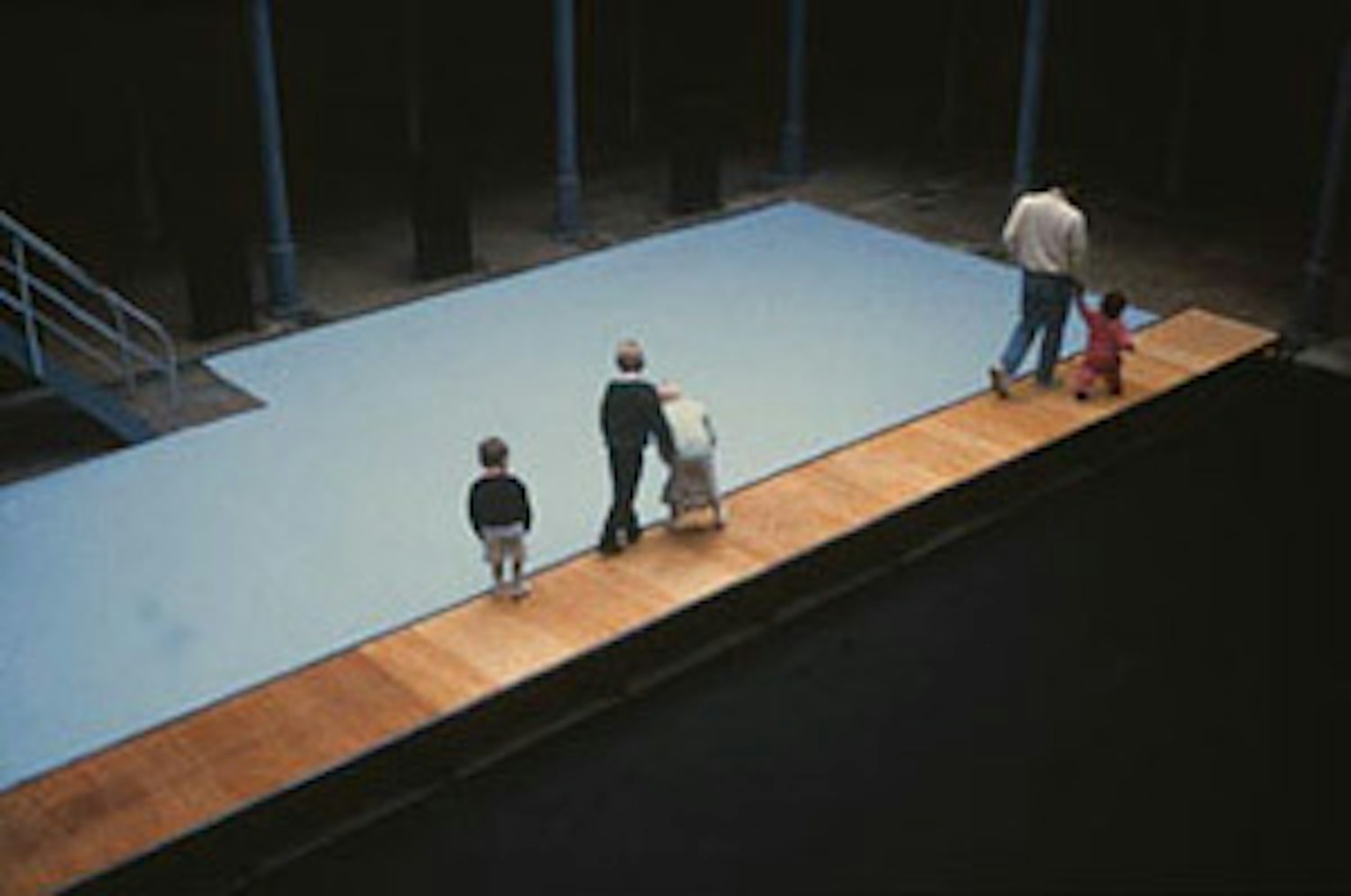The Belgian artist Philippe Van Snick (b. 1946) has worked as a painter since the late sixties. In his work, painting extends far beyond the painted surface.
Its significance is to be found in the work itself and also its relationship to the space where it is shown, in the individual viewer’s experience and relationship with the work of art. For his exhibition at the SMAK in 2000 he has deliberately opted not to create a new large colour installation, but to offer a selected retrospective of his work since 1984. This selection will focus on particular facets of his work in order to render visible the thread running through it.
Philippe Van Snick uses his paintings, installations and sculptures to examine, analyse and create space. He thereby challenges the viewer to adopt a personal point of view. He does not need compositions or carefully considered subjects in order to involve the viewer and the space in his work. The strength of his work arises out of the minimal visual material he employs. The purity of painting comes to the fore, and so Van Snick uses simple supports and vivid pigments. After a short time working in a variety of disciplines, in the early seventies Van Snick decided to limit his palette to 10 colours, and also to reduce his vocabulary of forms to rectangles, squares and cubes. The colours red, yellow, blue, orange, green and purple were supplemented with black, white, silver and gold. Each one was a tint that he chose deliberately and with the greatest precision. His monochrome canvases are created by the application of several coats of paint. Van Snick uses this technique so that the pure pigment is as visible as possible. Their degree of saturation makes them direct themselves towards the viewer and the other works in the same room. The relationship between each of the colours and with the space itself is considered thoroughly, both when hanging canvases on the wall and when setting up large installations, in which Van Snick paints whole walls. Each work is independent and at the same time also part of a more all-embracing whole. When we look at these works, changes in the use of colour and format guide our experience of the space. It is only since the mid-nineties that Van Snick has opted to add mixed colours to his palette. This implies a different view, a view in tonality, a differentiated view in which sensitivities are translated in a different way, in which the artist implicates himself in the dialogue with the viewer. The titles Van Snick gives his work, such as Paysage, Visage and Territorium, refer to the space, the image, looking, the viewer and the interpenetration of all these elements. They are at the same time not unconnected with present realities and such burning contemporary issues as ‘territory’.

